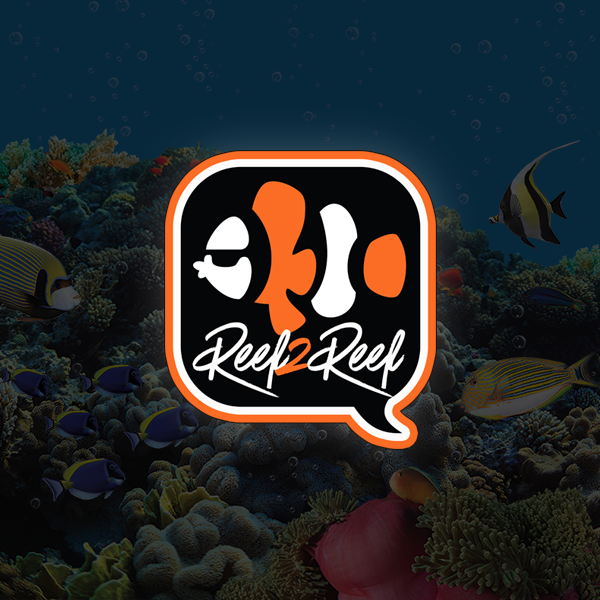Randy Holmes-Farley
Reef Chemist
- Review score
- +0 /0 /-0
Staff member
Super Moderator
R2R Supporter
R2R Excellence Award
Expert Contributor
Article Contributor
R2R Research
Build Thread Contributor
Noted, thank you!
What about for using reef builder for kH if calcium is already too high? Is it better to use kalk?
If calcium is already too high (say, above 550 ppm), then if the goal is to boost pH and alk, sodium hydroxide is the thing to use.
Here a diy two part system using it:

Second New DIY Two Part Recipe with Higher pH Boost
In a previous thread, I posted a true two part DIY recipe: https://www.reef2reef.com/threads/new-diy-two-part-recipes-with-higher-ph-boost.344500/ But some folks may want to just swap the new ingredient into my 2/3 part recipe (as used by BRS, for example). Here's the original recipe link...
 www.reef2reef.com
www.reef2reef.com














